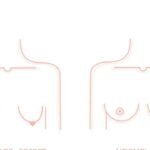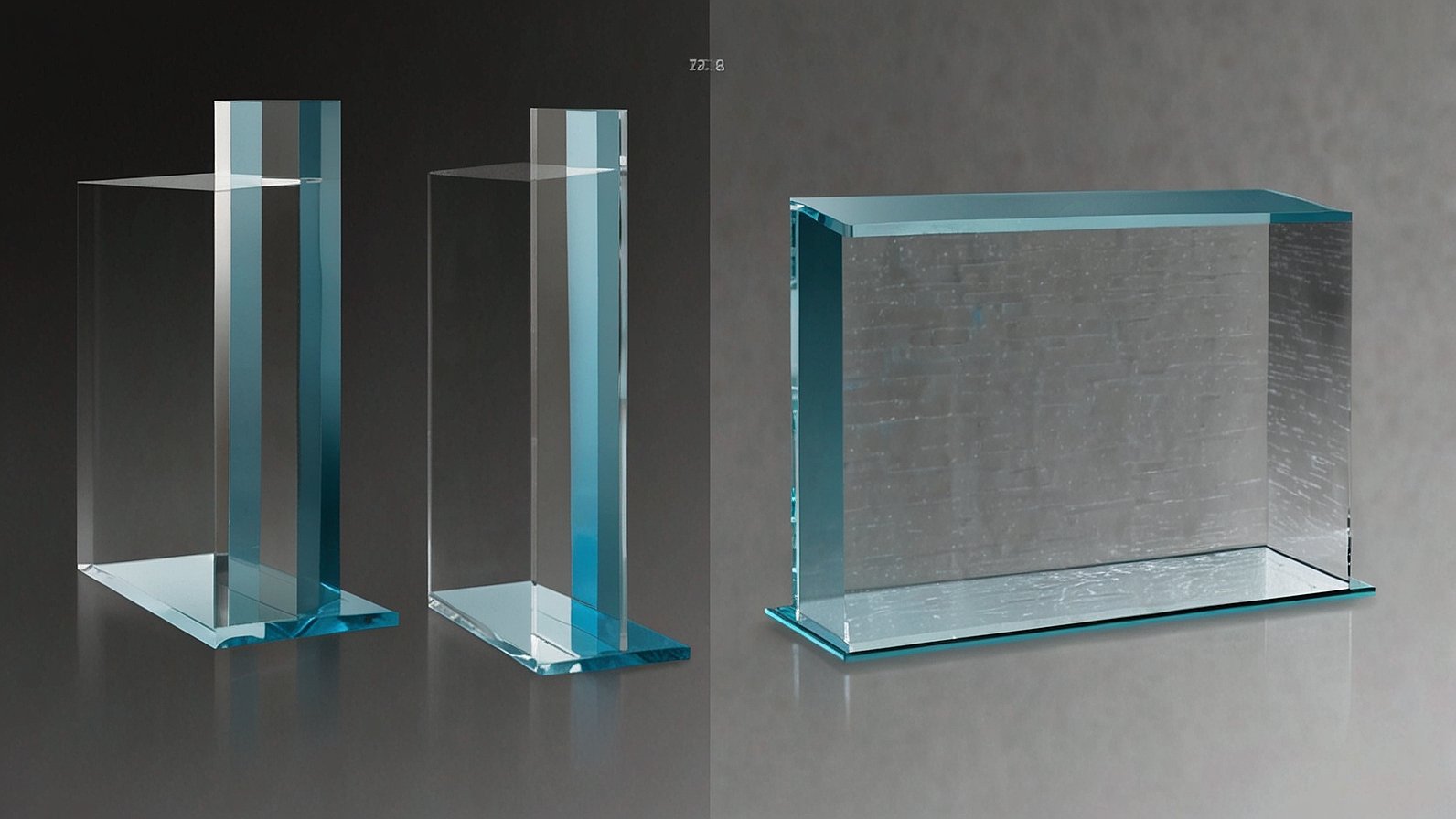Picture the sleek, frameless television hanging like a piece of art in a modern living room. It’s so impossibly thin you wonder how all the complex technology fits inside. For years, this was a dream for designers and engineers. Then, a breakthrough material, often referred to in industry parlance as the XCV panel, turned that dream into a reality. But what exactly is this component, and how did it help reshape the entire landscape of display technology? It’s not a flashy processor or a new type of pixel, but something more fundamental: the very canvas that guides light to your screen.
This article pulls back the curtain on the XCV panel, explaining its role, its advantages, and why it became a cornerstone in the evolution of LCD televisions and large-scale displays.
What Exactly is an XCV Panel? Busting the Myth
Let’s clear up a common point of confusion. If you’ve searched for “XCV panel,” you might have found a mix of technical documents and vague references. The term most credibly refers to XCV™, a specific trademarked product. It is not a generic type of control dashboard or software interface.
In simple terms, the XCV panel is an ultra-transparent, ultra-thin glass substrate designed specifically to act as a Light Guide Plate (LGP). Think of an LGP as the backbone of an LCD screen’s lighting system. In a traditional LCD TV, a grid of LEDs at the edges fires light into a plastic (acrylic) plate. This plate then has the critical job of scattering that light evenly across the entire screen, illuminating the liquid crystals that form the picture you see.
The XCV panel is the high-performance, glass-based version of that core component. It replaced the conventional acrylic plastic, solving many of the physical limitations that were holding back TV design.
The Core Problem: Why Acrylic LGPs Hit a Wall
To appreciate the innovation, we need to understand what was wrong with the old way of doing things. For years, manufacturers used acrylic (PMMA) for light guide plates. It was cheap, easy to mold, and did a decent job. However, as consumer demand pushed for larger, thinner, and brighter TVs, acrylic began to show its weaknesses.
- Warping and Stability: Large sheets of acrylic are prone to warping, especially under heat from the TV’s internal components. This warping could create uneven patches of light, often called “mura” effects, or hotspots on the screen.
- The Thickness Dilemma: To make a large acrylic panel rigid enough not to sag or warp, it had to be made quite thick. This directly conflicted with the desire for ultra-thin TV profiles. It was a constant battle between stability and design.
- Heat is the Enemy: Acrylic has a relatively low glass transition temperature. In plain English, it starts to soften and deform when it gets too hot. This limited how bright the backlight could be, as brighter LEDs produce more heat, which could damage the acrylic LGP itself.
These limitations were the concrete walls that designers kept running into. They needed a new material—one that was stiffer, more stable, and could handle heat, all while remaining perfectly transparent.
How the XCV Glass Panel Solved the Puzzle
The development of the glass-based XCV panel was a classic case of material science providing an elegant solution. By switching from plastic to a specially formulated glass, engineers overcame every one of acrylic’s shortcomings.
Superior Rigidity and Stability: Glass is inherently much stiffer than plastic. A glass LGP could be made dramatically thinner than an acrylic one of the same size without any loss of rigidity. This was the key that unlocked the design for those stunning, pencil-thin TVs. It didn’t warp or sag over time, ensuring a consistently even light output for the life of the product.
Unmatched Thermal Performance: Glass can withstand significantly higher temperatures without deforming. This allowed manufacturers to use more powerful, brighter LED arrays to push for higher nit values (a measure of brightness) without fear of melting the light guide. This directly translated to TVs with better High Dynamic Range (HDR) performance and more vibrant pictures.
Exceptional Light Transmission: The ultra-transparent nature of the specialized glass used in XCV panels meant less light was absorbed or scattered incorrectly within the plate itself. More of the light from the edge-lit LEDs made it to the screen, improving overall optical efficiency and brightness.
Acrylic vs. Glass Light Guide Plate (LGP) Showdown
| Feature | Traditional Acrylic LGP | XCV Glass LGP | Advantage |
|---|---|---|---|
| Thickness | Thicker required for stability | Can be extremely thin without sagging | Enables ultra-thin TV designs |
| Thermal Stability | Prone to warping under heat | Highly resistant to heat deformation | Allows for brighter backlights |
| Rigidity | Less stiff, can sag over time | Very stiff and mechanically stable | Prevents uneven lighting (mura) |
| Light Transmittance | Good, but some light loss | Excellent, minimal light absorption | Higher overall brightness & efficiency |
The Real-World Impact: From Labs to Living Rooms
This wasn’t just a laboratory experiment. The XCV panel moved into mass production and was quickly adopted by major display manufacturers. Its impact was immediately visible on store shelves and in product reviews.
One of the most notable success stories was its role in enabling “frameless” or “bezel-less” TV designs. Because the glass LGP was so rigid, it could provide structural integrity to the entire display module. This reduced the need for a thick, bulky external frame to hold everything together, allowing screens to stretch virtually edge-to-edge.
Companies like Samsung, LG, and Sony, in their relentless pursuit of minimalist design, leveraged this technology. TVs that were once several inches thick suddenly shrunk to the thickness of a smartphone. Reviewers consistently highlighted the sleek profiles and stunning brightness of these new models, accolades that were made possible in part by the hidden innovation of the glass light guide plate.
3 Actionable Insights for Tech Enthusiasts
While you can’t go out and buy an XCV panel itself, understanding this technology empowers you to be a smarter consumer and appreciate the engineering inside your devices.
- Look Beyond Spec Sheets: When comparing TVs, don’t just look at resolution and refresh rate. Consider design and build quality. An ultra-thin, rigid panel often indicates the use of higher-quality internal components like a glass LGP, which contributes to longevity and performance.
- Appreciate the Engineering Marvel: The next time you see a breathtakingly thin TV, remember the hidden innovation inside. It’s a testament to how advances in material science—like developing a perfectly transparent, ultra-thin glass—can revolutionize entire product categories.
- Understand the Trade-offs: This innovation also explains why high-end TVs often command a premium price. pioneering materials and manufacturing processes, like those used to produce large, flawless sheets of glass for LGPs, are complex and expensive, reflecting in the final product’s cost.
The story of the XCV panel is a perfect example of how true innovation often happens behind the scenes. It’s not always about a faster chip or a new app; sometimes, it’s about reimagining a humble component to break down barriers and create something beautiful.
What piece of technology has surprised you the most upon learning how it works? Share your thoughts below!
You May Also Read: Casîo: More Than Just a Watch on Your Wrist
FAQs
Is an XCV panel the same as the LCD screen itself?
No, they are distinct components. The XCV panel is a Light Guide Plate (LGP), which is part of the backlighting system. It sits behind the actual LCD screen, which is responsible for creating the image. The LGP’s job is to provide a uniform blanket of light for the LCD to filter.
Are glass LGPs like the XCV panel used in smartphones and tablets?
While the technology is similar, the extreme thinness and flexibility requirements for mobile devices often lead manufacturers to use other materials or different backlighting techniques (like direct-lit). Glass LGPs have been most impactful in larger displays like TVs and professional monitors where their stiffness is a major advantage.
Did the XCV panel make TVs more expensive?
Initially, yes. As with any new and advanced manufacturing process, glass LGPs were more costly to produce than molded acrylic. This cost was reflected in the price of early ultra-thin TVs that used them. Over time, as production scaled up, the cost differential decreased.
With the rise of OLED TVs, which don’t need a backlight, is this technology obsolete?
Not at all. While OLED technology is fantastic and doesn’t require a separate backlight unit, LCD technology is still dominant in the market, especially for larger screen sizes and at more affordable price points. Innovations like the glass LGP ensure that LCD TVs remain highly competitive in terms of design and performance.
Can a faulty XCV panel be repaired?
Typically, no. The backlight unit, including the LGP, is an integrated part of the display panel assembly. If it becomes damaged (e.g., develops cracks or severe hotspots), the entire display module usually needs to be replaced, which is often a costly repair.
Who developed the XCV panel?
The XCV™ panel was developed and trademarked by a consortium of companies specializing in glass and display technology, though it is often associated with innovations from major glass manufacturers like Corning, who produce similar ultra-thin glass substrates for various applications.
Does a glass LGP make the TV heavier?
Interestingly, no. Because the glass LGP can be made so much thinner than the acrylic it replaces, the overall weight of the display module can be similar or even lighter, contributing to the sleek and modern design of the final product.New chat











